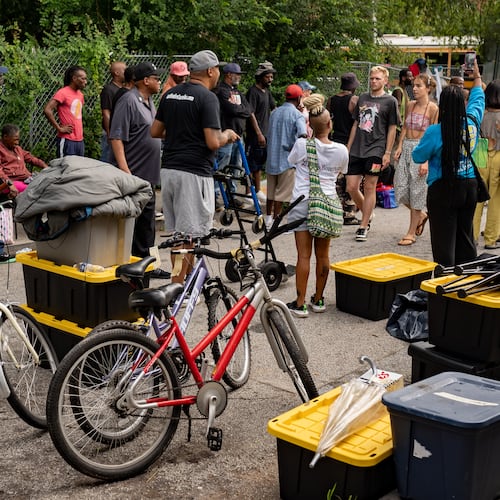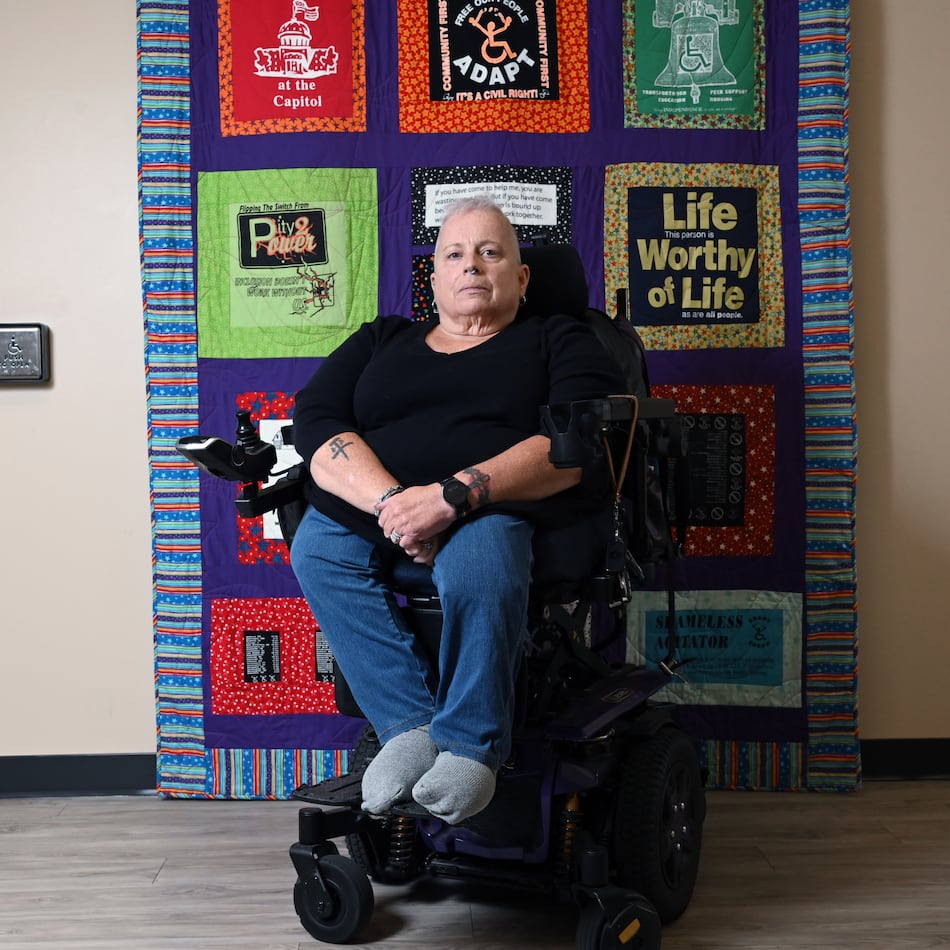Q: When there's a disaster such as the one in Haiti, does it help or hurt when (so many) television anchor people rush to the scene? — Jim Miller, Hoschton
A: On one hand, it helps focus the audience’s attention and the news organizations’ resources on the story and point out its importance, said David Hazinski, associate professor and head of the broadcast news department in the University of Georgia’s Grady College of Journalism and Mass Communication. On the other hand, he said it looks self-promotional and puts the emphasis on the anchor. “Much of the television coverage of the Haitian disaster hasn’t really shown a lot of the story because of the latter,” Hazinski said. “With the exception of CNN, which has done a tremendous job of conveying the depth of this tragedy, the other networks have had too few pictures and examples and too much anchor face time and official interviews.” He said the power of TV news is its ability to convey the emotion of a story through moving pictures, sound and words. CNN has emphasized the first two while other networks have highlighted the latter, he said. “Words, no matter how well delivered, are simply inadequate with a story as horrific as this disaster,” Hazinski said. CNN’s cameras have taken the audience there and let it feel the story while the other networks have let the audience get to know the anchors better, he said.
Lori Johnston wrote this column. Do you have a question about the news? We’ll try to get the answer. Call 404-222-2002 or e-mail q&a@ajc.com (include name, phone and city).
The Latest
Featured

